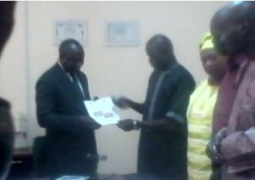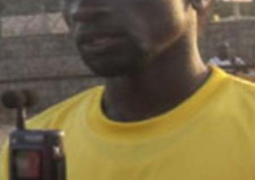The
National AIDS Secretariat (NAS) and partners yesterday kicked off a two-day
workshop on gender HIV and TB assessment.
The
outcome of the workshop, held at the premises of ActionAid in Kanifing, would
be part of gender-specific measures included in the National HIV Strategic Plan
and other relevant national documents.
Speaking
on the occasion, Alpha Khan, deputy director of NAS, said tuberculosis, and HIV
and AIDS are still major public health and development challenges in The
Gambia.
He
noted that no study was done yet on the linkages between gender inequality and
vulnerability of women to HIV.
However,
he pointed out that in addition to biological factors increasing women’s
vulnerability to HIV, social and cultural norms play an important role in
increasing the risks for women to be infected.
As
regards TB, Mr Khan said routine surveillance data and TB prevalence survey
reports indicate that it disproportionately affects males more than females.
“No
study has been conducted to determine the factors responsible for the unequal
vulnerability or risk of getting TB among males and females,” he said, adding
that there is a need for such study so as to provide evidence to inform
programme interventions.
He
further lamented that due to the patriarchal culture of The Gambia, it is
difficult to achieve desired outcomes relating to the gender-based approach to
HIV and AIDS.
“There
is a culture of silence surrounding sex, and that impedes discussion on
prevention and control of HIV and AIDS. As a result, strategic information to
inform the development and implementation of programmes addressing gender and
HIV, as well as TB is inadequate.”
Sira
Wally Ndow, UNAIDS country director, said the ongoing gender assessment on the
national HIV and TB response is the first one in The Gambia.
“There
has been a major gap in the national response. The review will go a long way in
informing our policies and programmes, but also assist them when they do our
Global Fund concept note.”
Ms
Ndow said the assessment workshop is expected to address “the major gap” in the
response to HIV.




